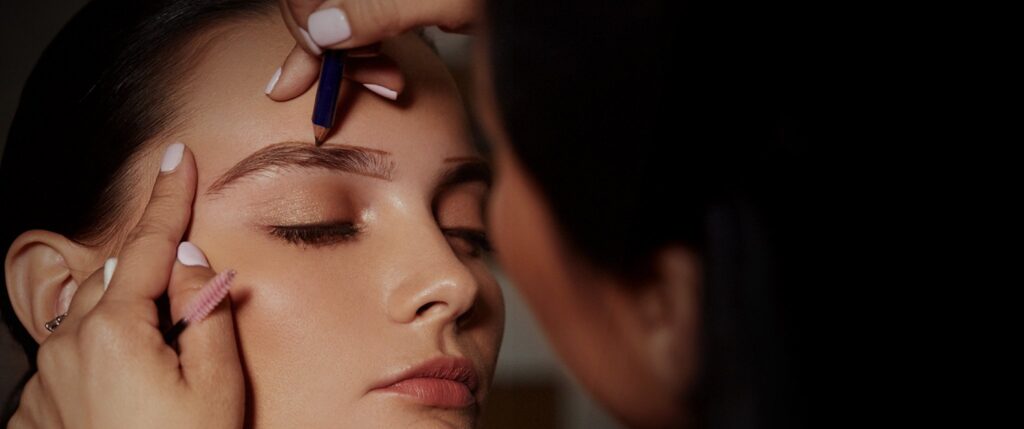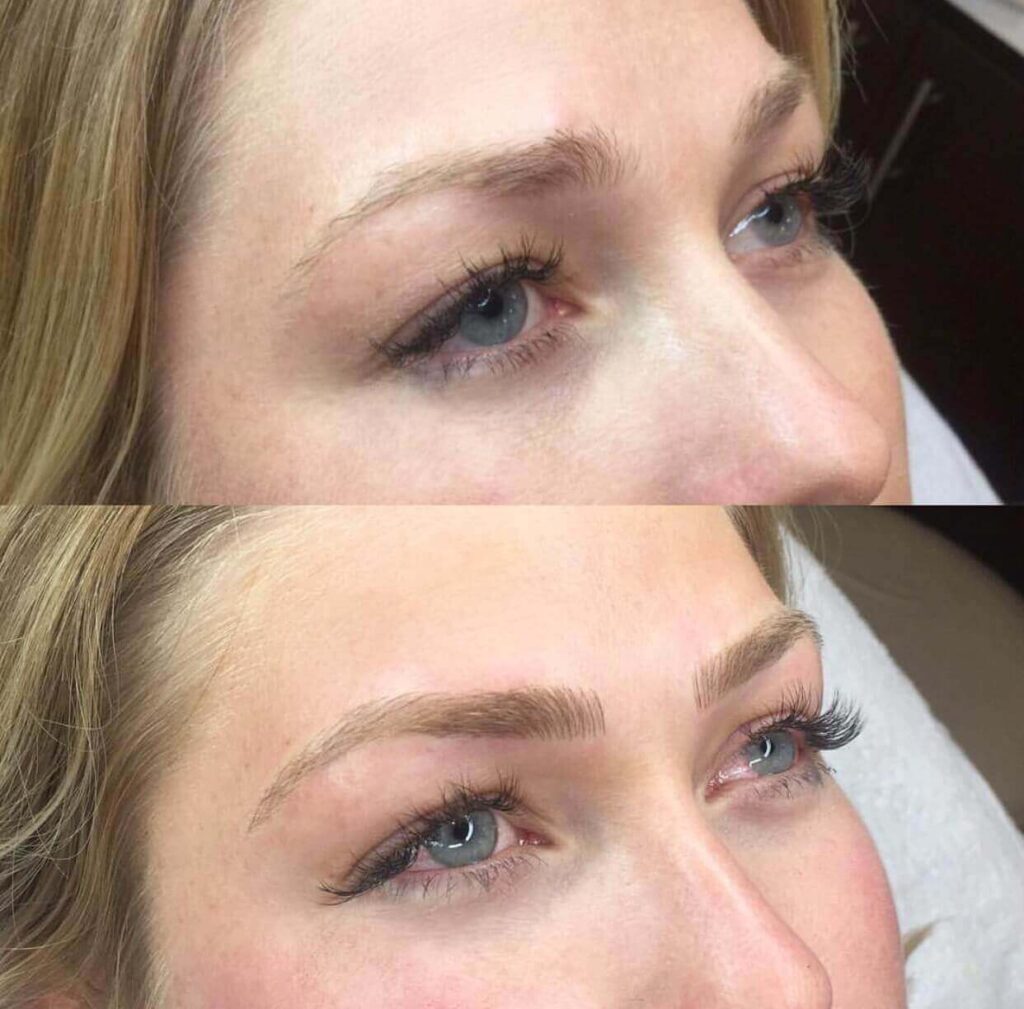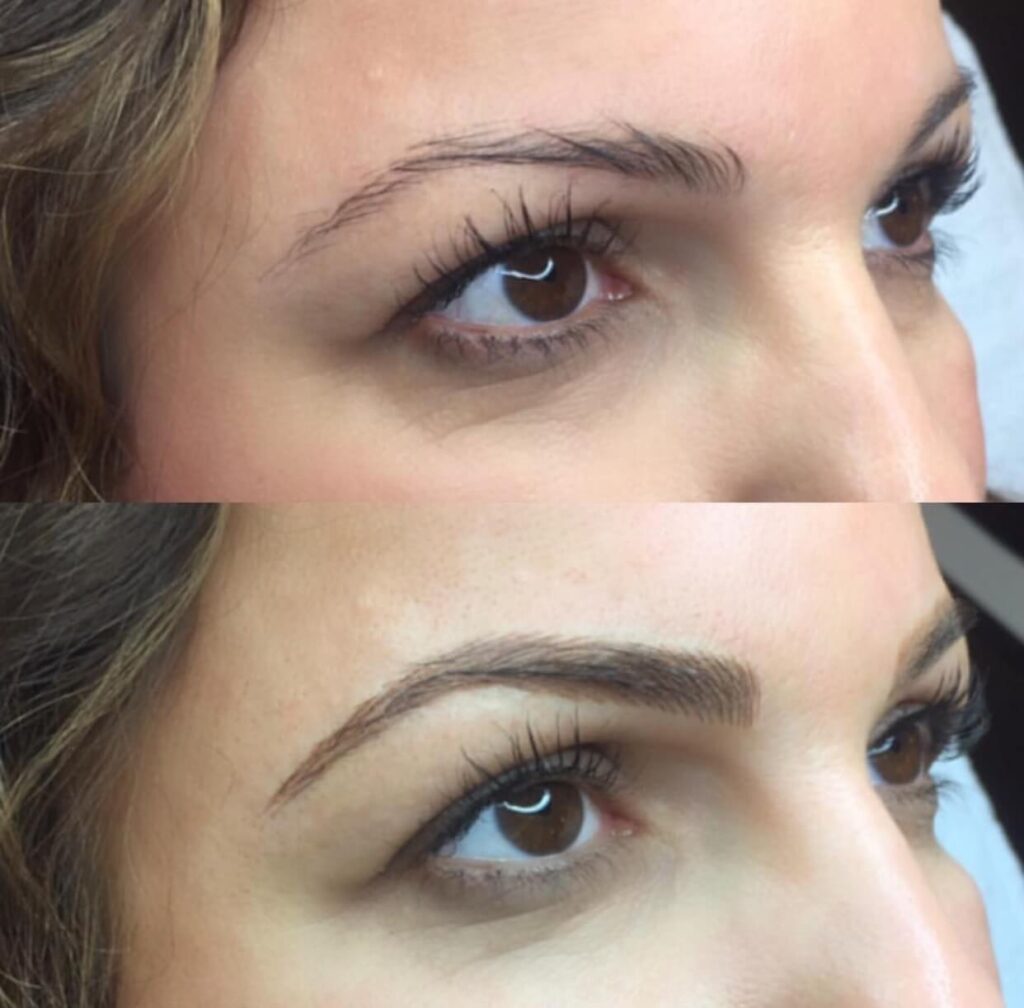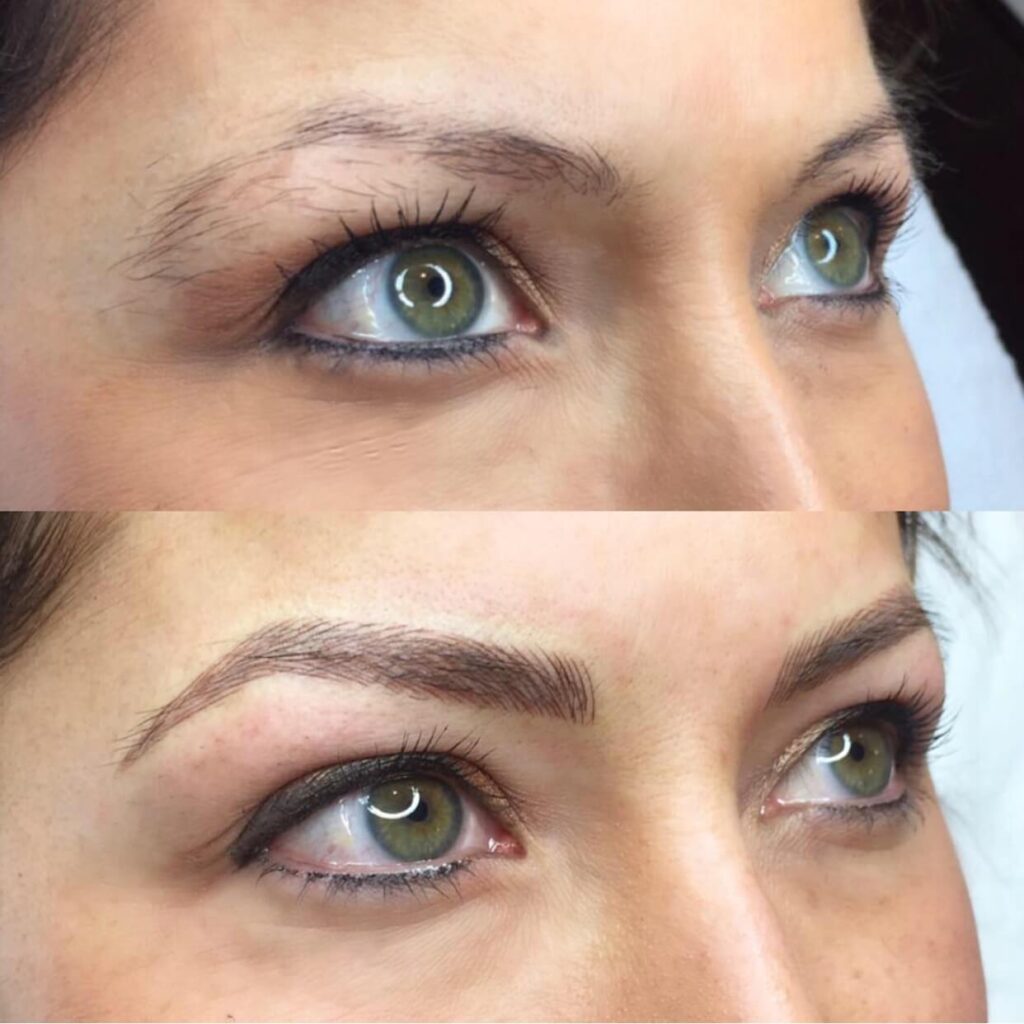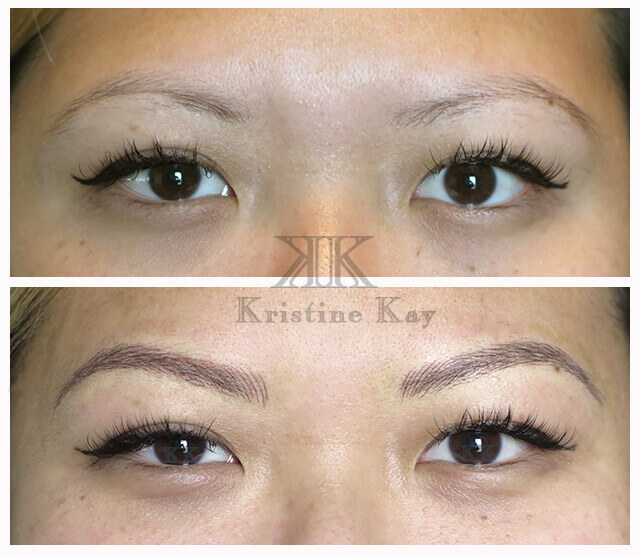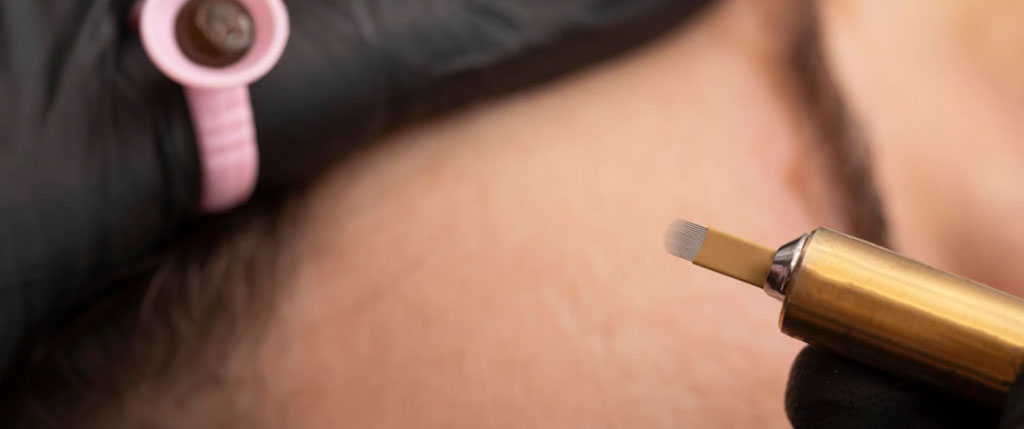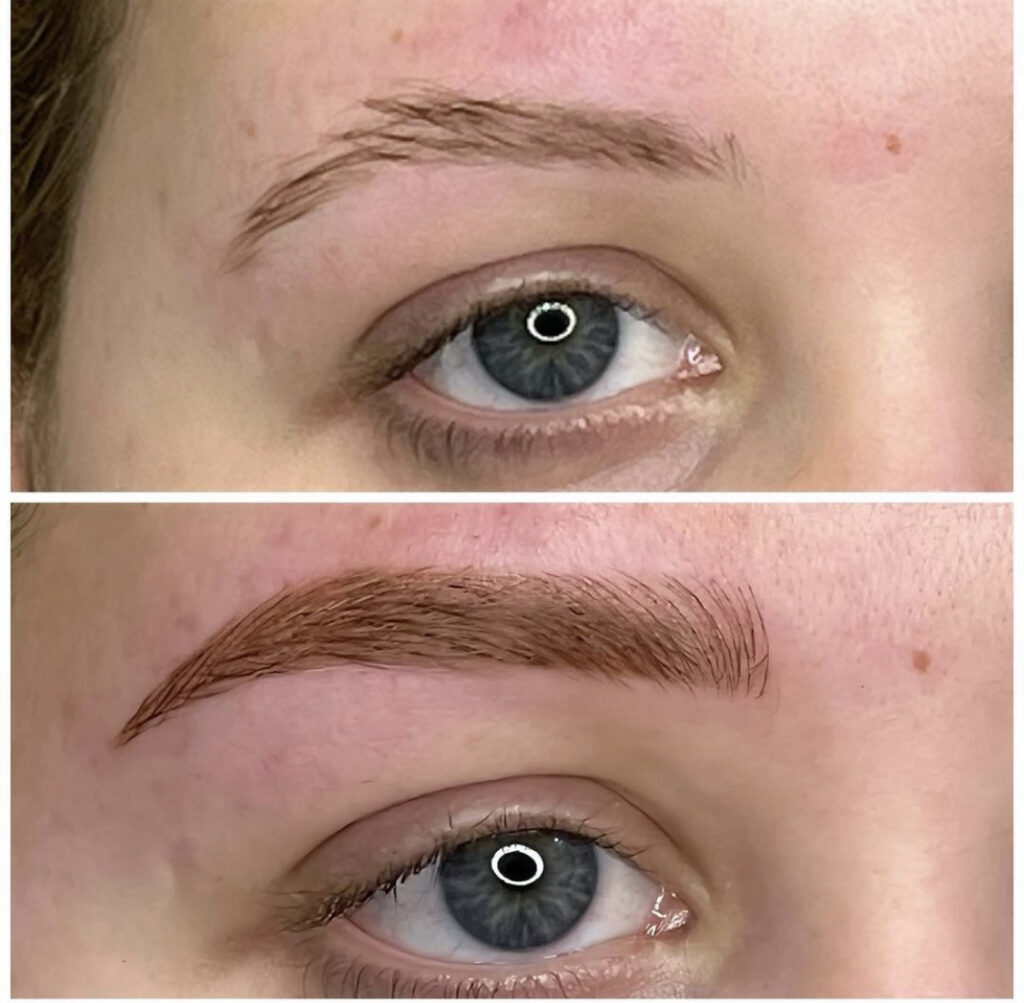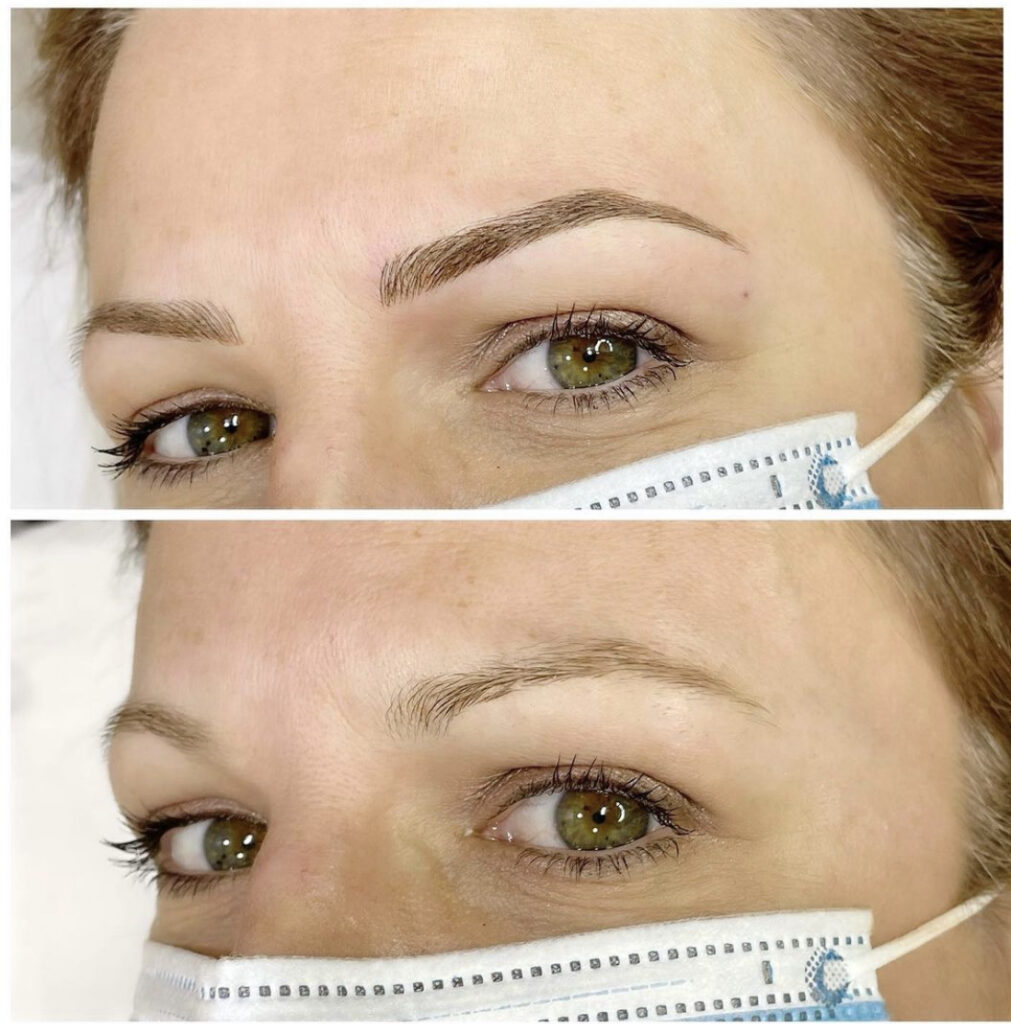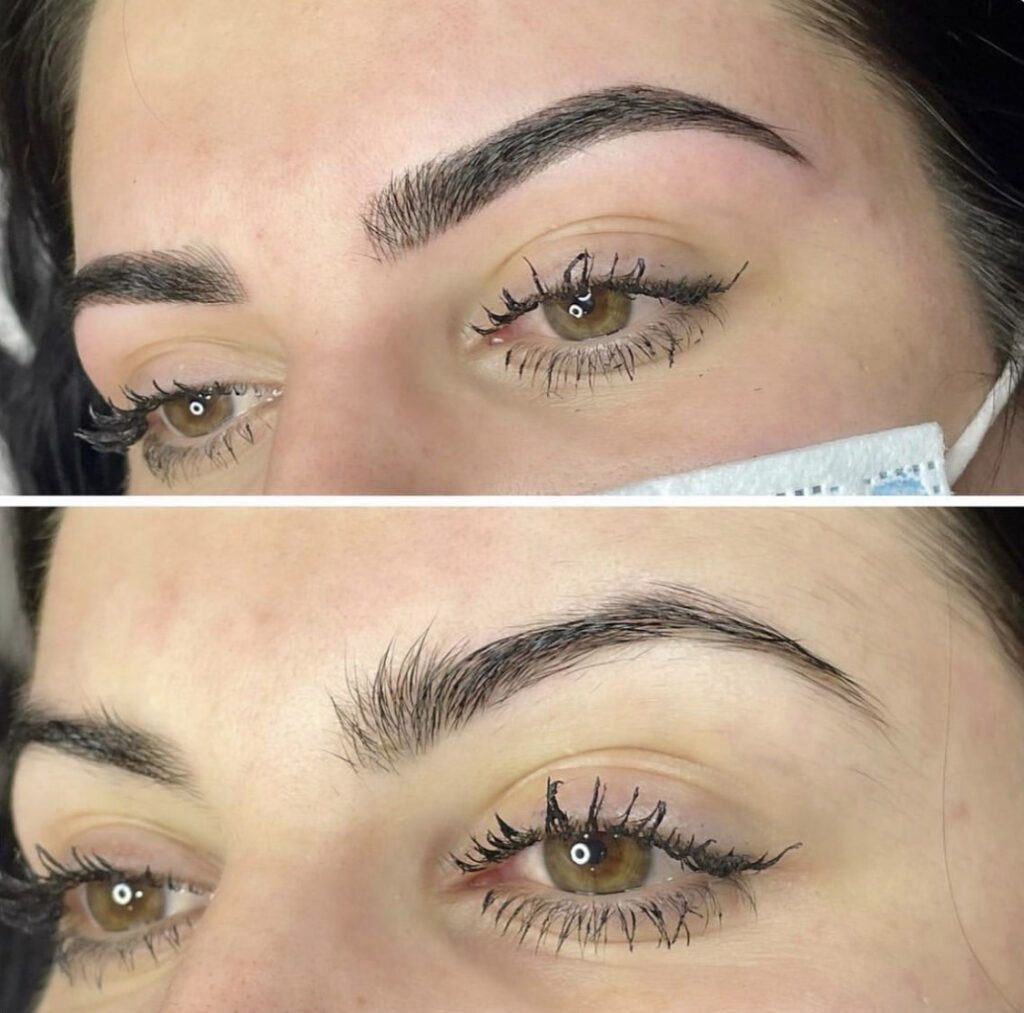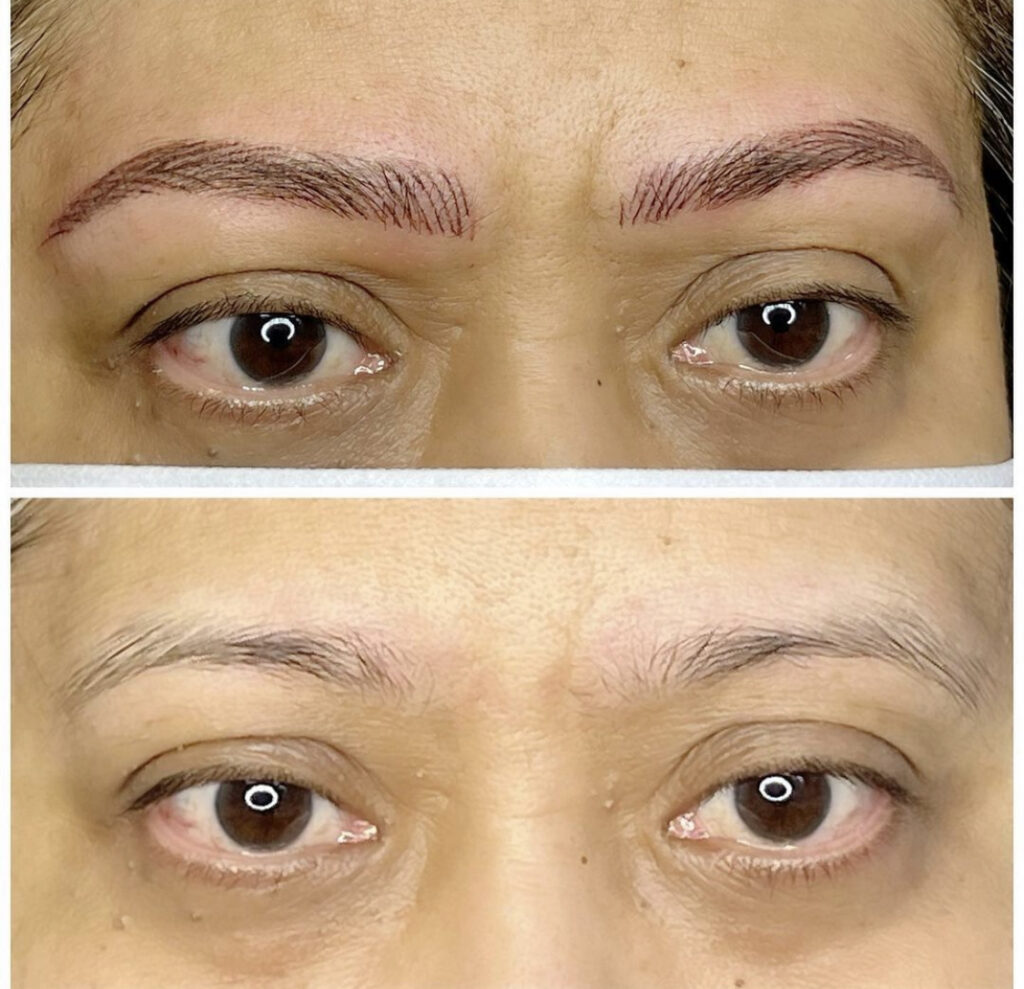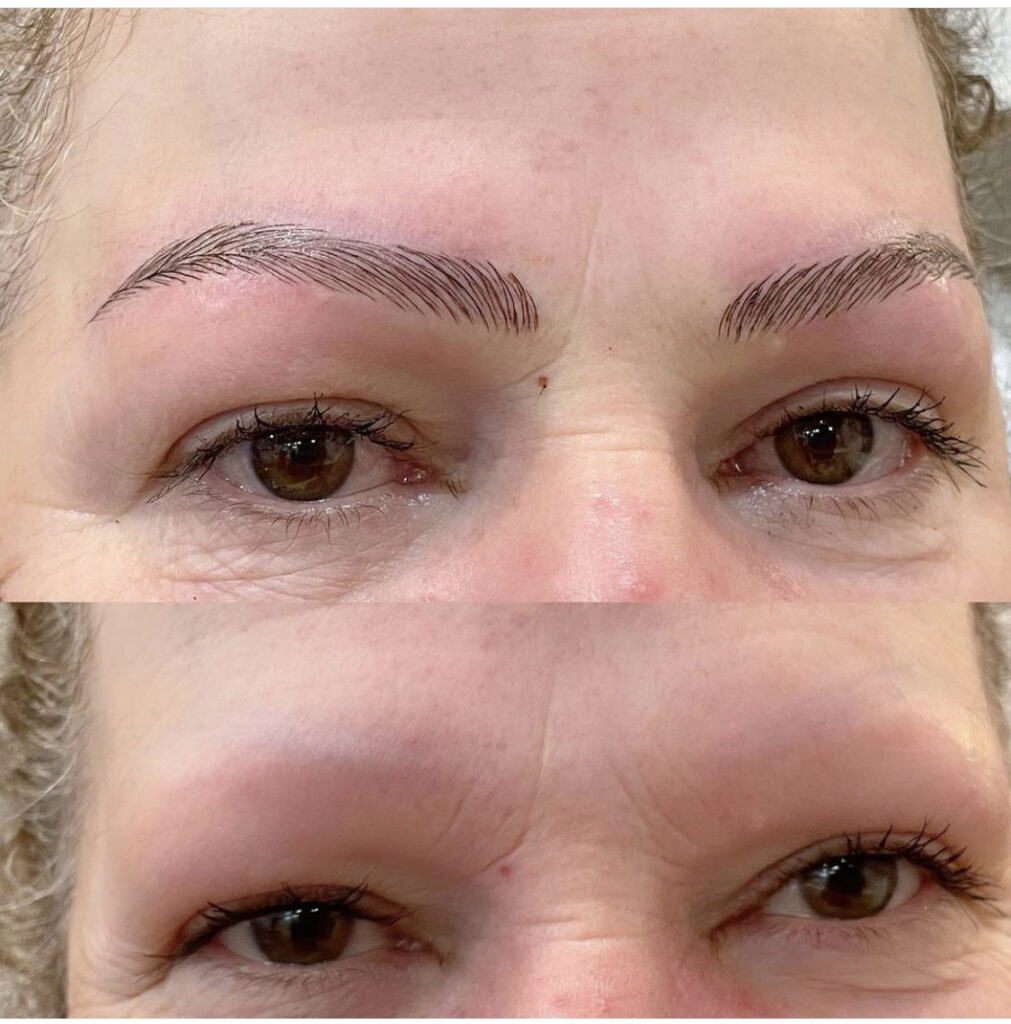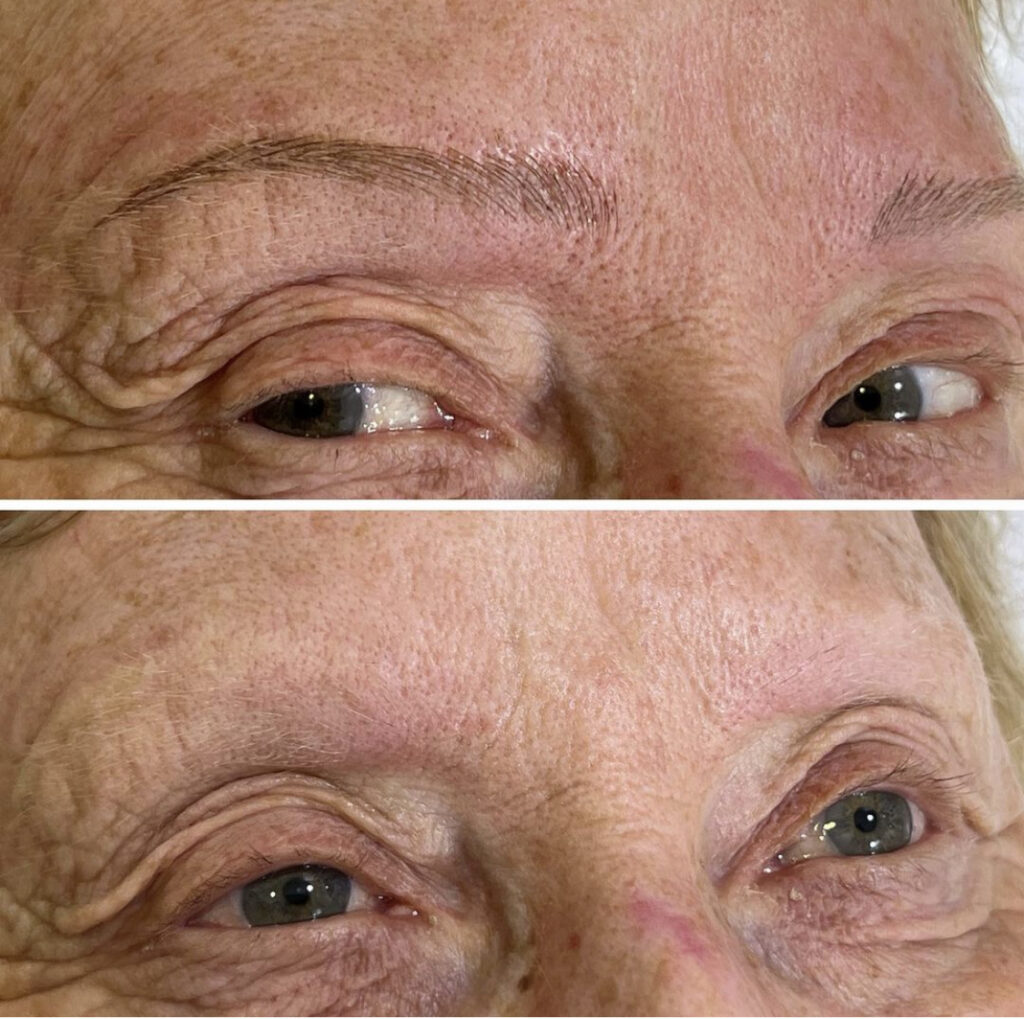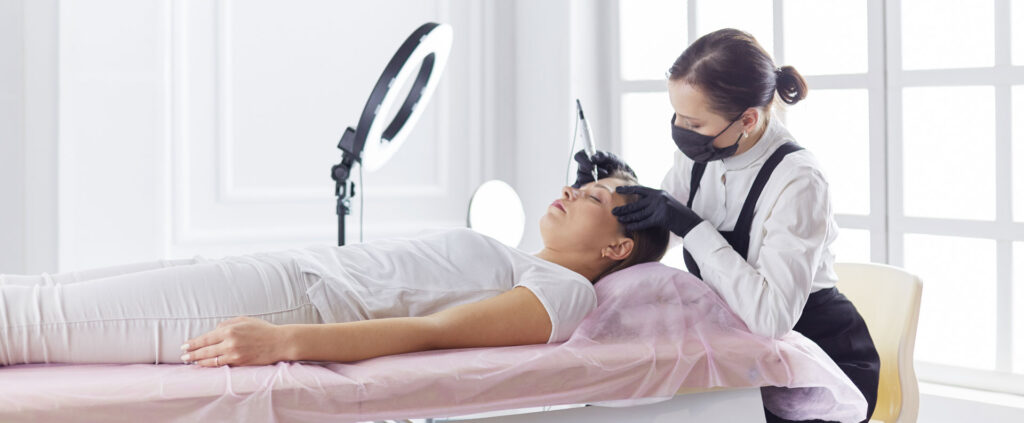Facials Services

FACIALS
Rejuvenate Your Skin with our Customized Facials
People get facials for different reasons: some people want those horrible blackheads out! Others start taking care of their skin in their 20s to preserve a youthful look. Older people want some help with anti-again regimens and then there are the people who just want to relax and be pampered. These are all fine reasons to get facials. But often the facial itself is a bit mysterious.
What does the steam do?
Why do they keep putting creams on and taking them off? Why get facials regularly? A facial is essentially a multi-step skin treatment that is one of the best ways to take care of your skin. A facial cleanses, exfoliates, and nourishes the skin, promoting a clear, well-hydrated complexion and can help your skin look younger. You also receive advice on the best way to take care of your skin. A facial works best when it is part of an ongoing program of skin care.
Quality
It is best to find an experienced, knowledgeable licensed esthetician who has special training in skincare and is knowledgeable, fastidious, and passionate about her work. Legally, a cosmetologist is allowed to give facials, but their primary training is in hair, so they might not be the best choice. There is also a trend toward dual-licensed therapists, where the person is licensed to give both massage and facials. Be on the lookout for this in a resort setting, especially if you’d rather go to someone who gives facials all the time.A facial is the second most popular spa treatment after a massage.
THE BASIC STEPS OF A FACIAL
Consultation:
- Fill out a form covering skin concerns, diet, water intake, medications, and current skincare products.
- Discussion about the use of Retin-A and its impact on recommended treatments.
Attire:
- The esthetician provides a wrap to be worn around the body and under the arms, closing with velcro.
- Privacy to put on the wrap, varying protocols for clothing removal at different spas.
Hair Preparation:
- The esthetician wraps hair with a towel or headband to protect it from products.
Thorough Cleansing:
- Initial cleansing using cotton pads, esthetician wipes, or sponges.
- Double-cleanse is common during professional facials.
Skin Analysis and Cleansing:
- Examination of skin under a bright lamp or through a magnifying lamp to determine skin type and conditions.
- The esthetician selects appropriate products and discusses recommendations with the client.
Steam:
- Application of warm steam to the face for relaxation and softening of blackheads and whiteheads.
Exfoliation:
- Mechanical or chemical exfoliation to remove surface dead skin cells.
- Mechanical exfoliants have a gritty texture, while chemical exfoliants use enzymes and acids.
- Stronger chemical peels can be a standalone treatment and are not generally done with steam.
Extractions:
- Removal of blackheads or whiteheads if desired.
- Caution on potential discomfort and the risk of broken capillaries if done improperly.
Facial Massage:
- Use of classic strokes like effleurage to relax and stimulate facial muscles.
Facial Mask:
- Application of a mask targeted to the client’s skin type and condition.
Additional Services:
- The esthetician remains in the room, offering services like a scalp massage during the facial.
Final Application:
- Application of toner, serums, moisturizer, and sunscreen if it’s daytime.
Advice on Home Skincare:
- Esthetician provides recommendations for better skincare and product suggestions.
- No obligation to purchase, and the esthetician should avoid being pushy.
Cost:
- Facial prices start around $80 at day spas, potentially higher at destination spas with special masks and serums increasing the cost.
HOW OFTEN SHOULD I GET A FACIAL?
The frequency of facials differs for each individual. Ideally, aim for a monthly facial, as this aligns with the skin’s natural regeneration cycle. Consider scheduling a facial at least four times annually, corresponding with seasonal changes. If addressing acne or starting a skincare regimen, more frequent sessions may be necessary initially. However, it’s crucial to avoid overdoing it, especially for those with sensitive skin. Generally, once a month is sufficient for optimal results.
VARIATIONS ON THE CLASSIC EUROPEAN FACIAL
Choosing a facial from a spa menu with various options like anti-ageing, oxygen, collagen, or deep cleansing can be overwhelming. However, these variations are essentially adaptations of the classic European facial and are often associated with specific skincare lines. If you’re unsure about the best choice for your skin, don’t worry. A skilled esthetician will guide you during the treatment and adjust it based on your skin’s needs. For example, a mini-facial is a shorter 30-minute version that typically excludes extractions. Opting for a line designed for mature skin with ingredients like vitamin C transforms it into an anti-ageing facial. An oxygen facial incorporates a mist of pure oxygen or products formulated to deliver oxygen to the dermis. A collagen facial, also anti-ageing, involves placing special collagen sheets on the skin. If you’re addressing acne concerns, an acne facial focuses on targeted extractions. Additionally, a photo facial utilizes separate light treatments to achieve specific results such as boosting collagen or treating acne.
